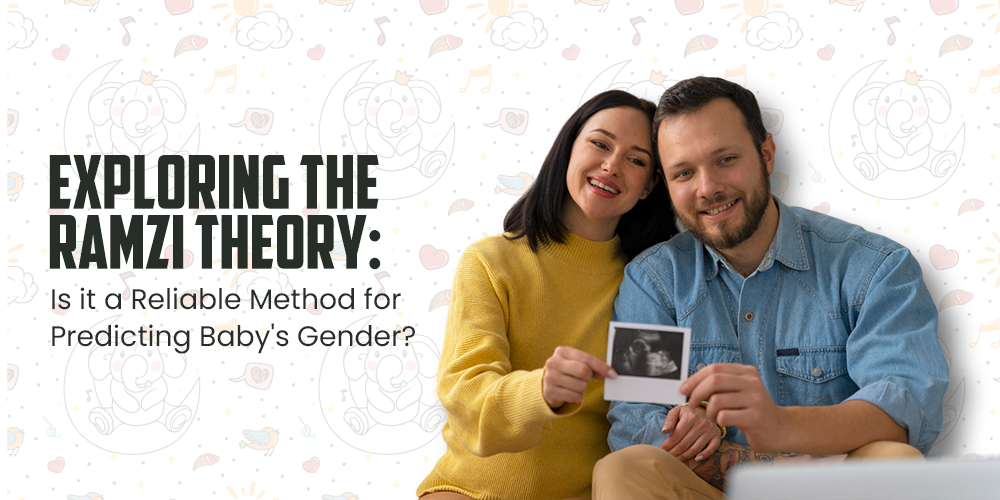
Exploring the Ramzi Theory: Is it a Reliable Method for Predicting Baby's Gender?
The excitement of expecting a baby often leads parents to seek methods and theories claiming baby gender reveal of their unborn child. Among these, the Ramzi Theory has gained popularity as a potentially reliable way to determine a baby's gender based on early ultrasound images and placenta placement.
In this article, we delve into the intriguing Ramzi Theory and explore its potential as a method for predicting baby gender reveal ideas.
Understanding the Ramzi Theory
The Ramzi Theory is based on a study conducted by Dr Saam Ramzi Ismail, a respected researcher in fetal gender determination. According to this theory, the position of the placenta during early pregnancy can serve as an indicator of the baby's gender. It suggests that if the placenta is located on the right side of the uterus, it may indicate a higher likelihood of a male baby. In comparison, a left-sided placement may suggest a higher likelihood of a female baby.
The Basis of the Ramzi Theory:
The Ramzi Theory is founded on the belief that the growth and distribution of the chorionic villi, which form the placenta, follow a distinct pattern influenced by the sex of the baby. Advocates of the theory proposed that the presence of a Y chromosome in male embryos influences the development and positioning of the chorionic villi, resulting in discernible differences in placental location.

Exploring the Reliability of the Ramzi Theory
1. Promising Observations: While the Ramzi Theory predictor may not have extensive scientific validation, numerous anecdotal accounts from expectant parents suggest a correlation between placental position and the subsequent gender of their babies. Many parents claim that their ultrasound images and the Ramzi Theory's predictions aligned accurately with the actual gender revealed later in pregnancy.
2. Early Gender Prediction: One advantage of the Ramzi Theory is its potential to predict the baby's gender at an earlier stage of pregnancy. With advancements in ultrasound technology and experienced practitioners, expectant parents may experience the joy of discovering their baby's gender earlier than traditionally possible, adding to the excitement and anticipation of pregnancy.
3. Personal Connection: The Ramzi Theory allows parents to actively engage with the pregnancy experience by closely examining ultrasound images and speculating about their baby's gender. This involvement and personal connection may enhance the emotional bond between parents and their unborn child, fostering a deeper connection and sense of intimacy.

4. Complementing Modern Ultrasound Technology: While the Ramzi Theory personalized gender prediction may not replace the accuracy of ultrasound scans conducted by medical professionals, it can be complementary to traditional gender determination. Advanced ultrasound technology provides detailed and precise images, allowing medical experts to determine the baby's gender during the second trimester accurately. By combining the insights from the Ramzi Theory with modern medical practices, parents may experience an enriched journey of discovery during pregnancy.
5. Celebrating Anticipation: The desire to know the baby's gender is a natural part of the pregnancy journey for many expectant parents. Embracing the Ramzi Theory can add an element of excitement and anticipation as parents eagerly speculate about the gender of their unborn child. This positive anticipation can contribute to a joyful and memorable pregnancy experience for the entire family.
Conclusion
While the scientific evidence supporting the Ramzi Theory may be limited, the personal experiences and positive accounts of expectant parents offer an intriguing perspective. Embracing the Ramzi Theory can enhance the excitement and anticipation associated with pregnancy, allowing parents to engage with their unborn child's gender actively. However, it is important to remember that the ultimate joy lies in the birth of a healthy baby, regardless of their gender.
